How to teach a child to swim, respectfully?
DOWNLOAD THE FREE PEACEFUL SWIMMING GUIDE >
(Pssst…If you happen to be in New Jersey, we had the BEST experience with Lisa, here’s her number! +1 (321) 446 7700)
Very young children adapt so easily to their surroundings and take a “can do” approach even to things that are hard like learning to swim – if that’s what is encouraged by their environment.
Take an AND approach
 Can I teach them AND do it respectfully? Can I set limits AND be empathic? Can they have freedom AND learn to respect boundaries?via @ParentingJunkieTweet This I believe kids can easily be taught these skills AND be self led learners. How? By being full participants in their education, by being empowered with choice and voice. By being active captains of their ship – co creators of their education.
Can I teach them AND do it respectfully? Can I set limits AND be empathic? Can they have freedom AND learn to respect boundaries?via @ParentingJunkieTweet This I believe kids can easily be taught these skills AND be self led learners. How? By being full participants in their education, by being empowered with choice and voice. By being active captains of their ship – co creators of their education.
Life Saving Life Skill
… swimming pools are one of the biggest dangers that young children in developed countries face. Statistically, they are by far more dangerous than having a gun in the house.
I guess it makes sense, really. Swimming and hygienic pottying are natural mammalian behaviors. Reading is not.
5 How To Steps for Learning to Swim Peacefully
- Go SLOW – on the macro level – Don’t leave swimming until a late age – rather see it like learning to ride a bike. You start with a little scooter, then a balance bike – and slowly advance and level up. With everything that happens when learning a new skill you want time on your side. On the micro level – don’t rush out the house, don’t rush to the class (trust me I’ve made this mistake)
- Build Rapport – Safety starts with feeling safe. Take the time to build rapport with the teacher – my kids didn’t swim at first at all – we just chatted. Allow kids to just dip their toes.
- Prioritize Fun – Make sure to communicate to the teacher that your core interest is to help your child enjoy the water, not to rush to skills. That’s why they should never ever push a child into swimming – learning to swim safely should be a by product of enjoying the water with the teacher. Confidence grows when we can master tiny weeny incremental steps – learning actually happens that way. We take a micro action that we never took before, and then another micro action – which eventually compounds into a new skill.
For example we wet our toes, then our knees… we wet our head, we blow bubbles into the water… we start to jump and land, we start to kick more vigorously… and what do you know? We’re swimming. - Gradual is king – Don’t throw a child in the deep end. As with all learning a consistent, gradual approach is best. Think of a baby learning to walk, to potty train or to bike ride. As they adjust to their new environment, they take incremental steps to increase their skills and confidence. Pushing them too much too soon only backfires. Never ever coerce, force, scare them into learning swimming skills – it will backfire quicker than you can canon ball dive.
- Trust your child (and the teacher) – take a “Get back on the bike” approach and realize that with all learning there are sometimes some tears involved. When a baby falls, when the bike is wobbly, when a child has a potty accident – setbacks are part of the process. Embrace them as learning opportunities but DON’T see them as a sign your child isn’t “ready’. When you think that – you create a self fulfilling prophecy. It’s ok to struggle with swimming, it’s ok to feel a little defeated at times – that’s our opportunity to build resiliency. To keep coming back, to believe in ourselves, and to slowly, with support, create mastery.
Free Peaceful Swimming
Download your own copy of the Peaceful Swimming Guide right now.
DOWNLOAD THE FREE PEACEFUL SWIMMING GUIDE >
In this PDF GUIDE I’ll include practical tips and the method of swim that we used and important tips to help you find a good instructor. Lucky for us, Parenting Junkie team member Claire, former lifeguard nationalist and synchronized swimmer coach has given here approval and tips!
↓ ↓ ↓ LEAVE A COMMENT! I love to hear from you…
What was YOUR experience learning to swim growing up? Which of these 5 tips stood out to you the most? If you want more like this, type “LEARN” in the comment section. ↓ ↓ ↓
Manage Tantrums like a Peaceful Parenting Ninja – without punishing, yelling, bribing or counting the 3. The Ultimate Parenting Junkie Guide to Transforming Tantrums into P-E-A-C-E

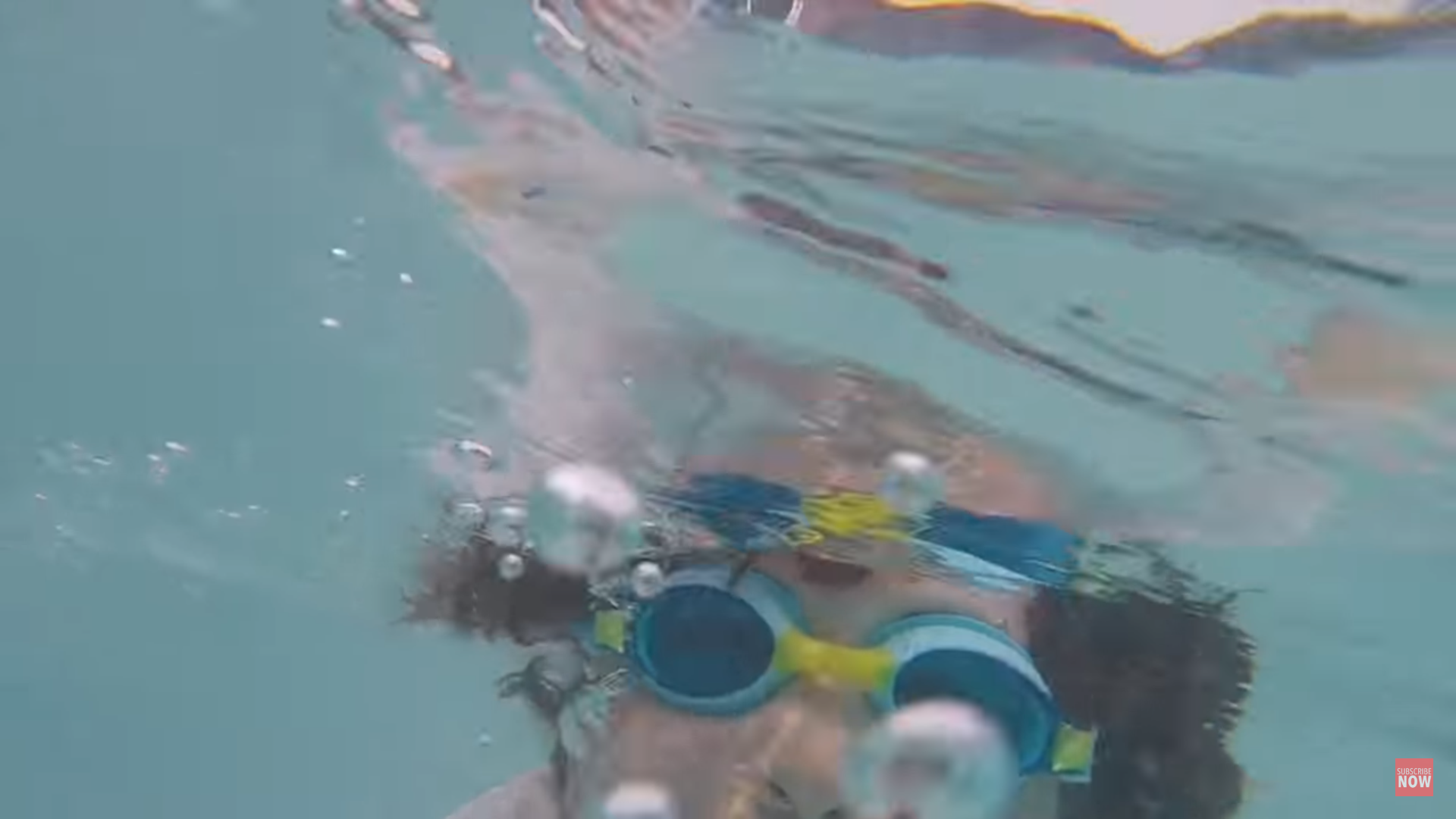

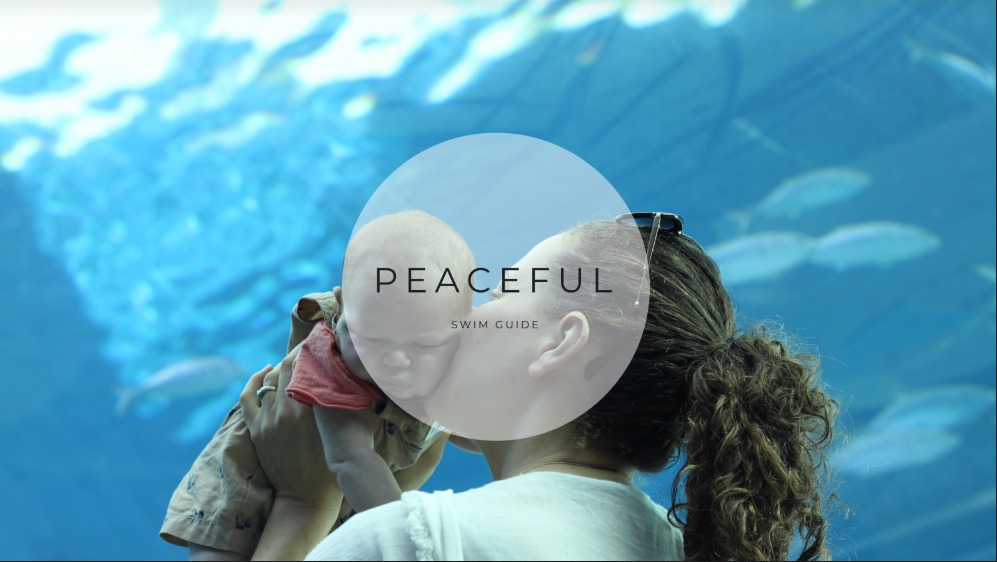
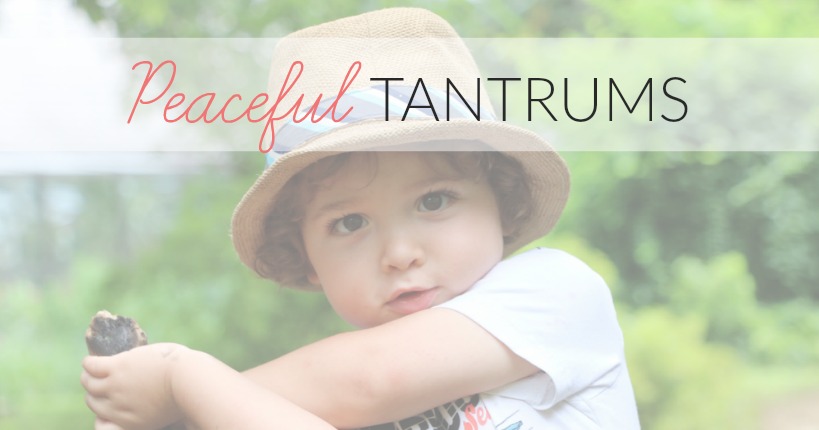
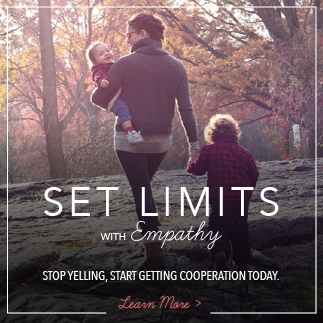
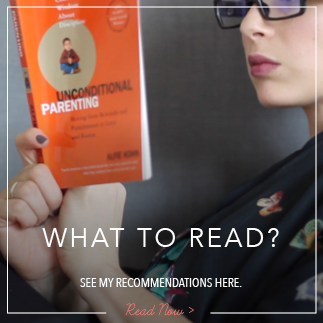
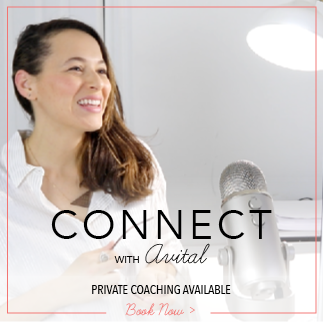


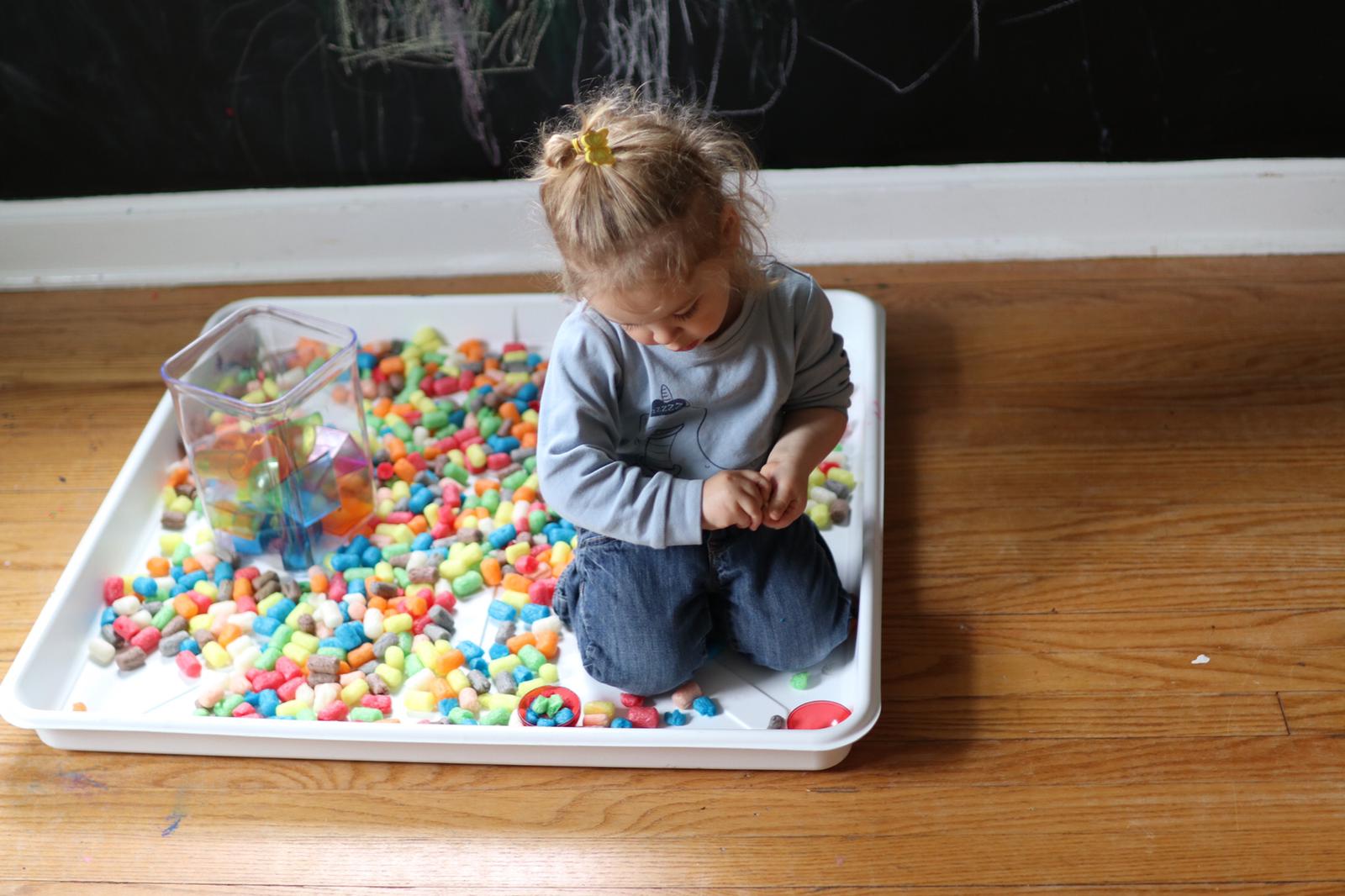
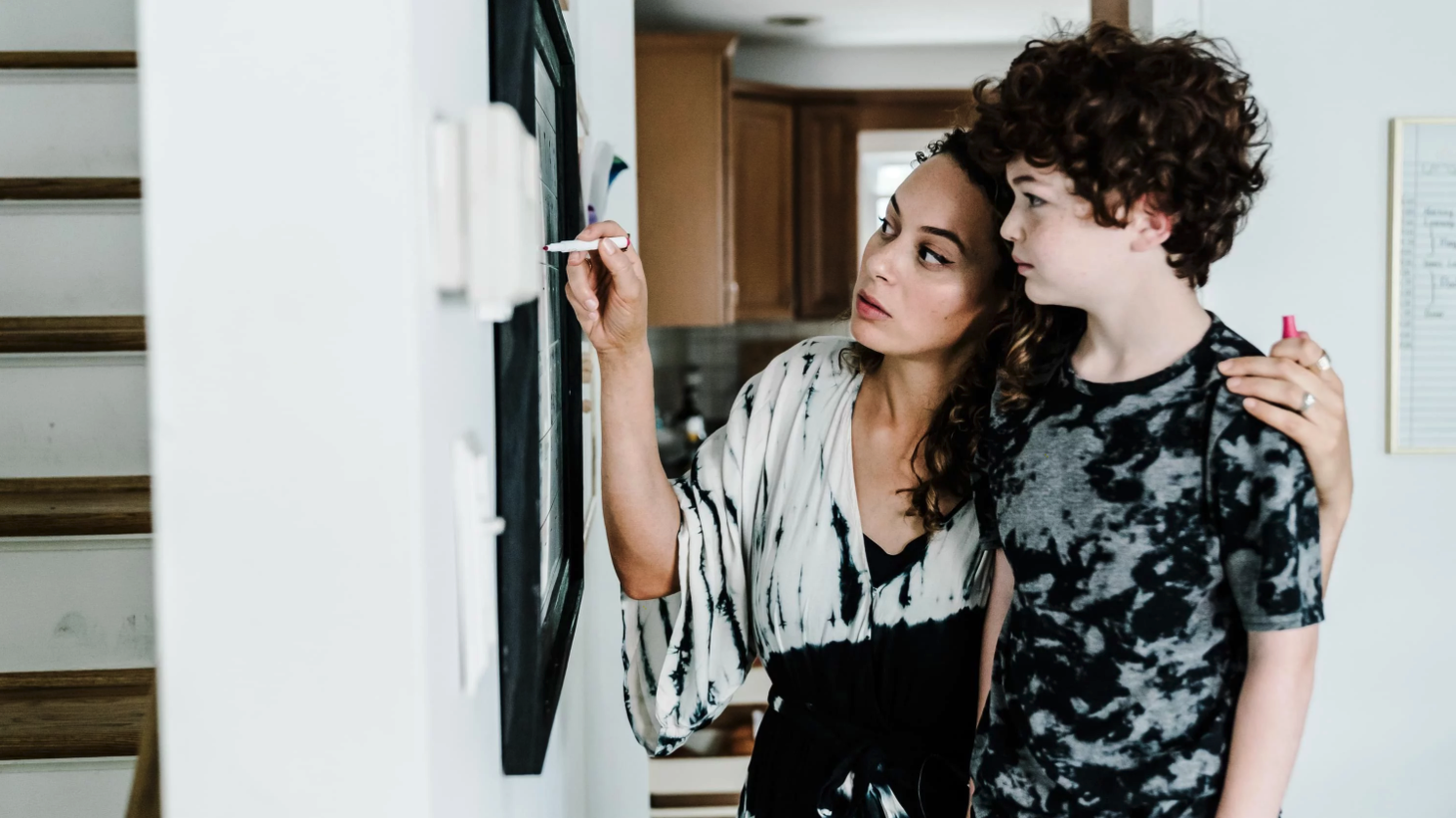
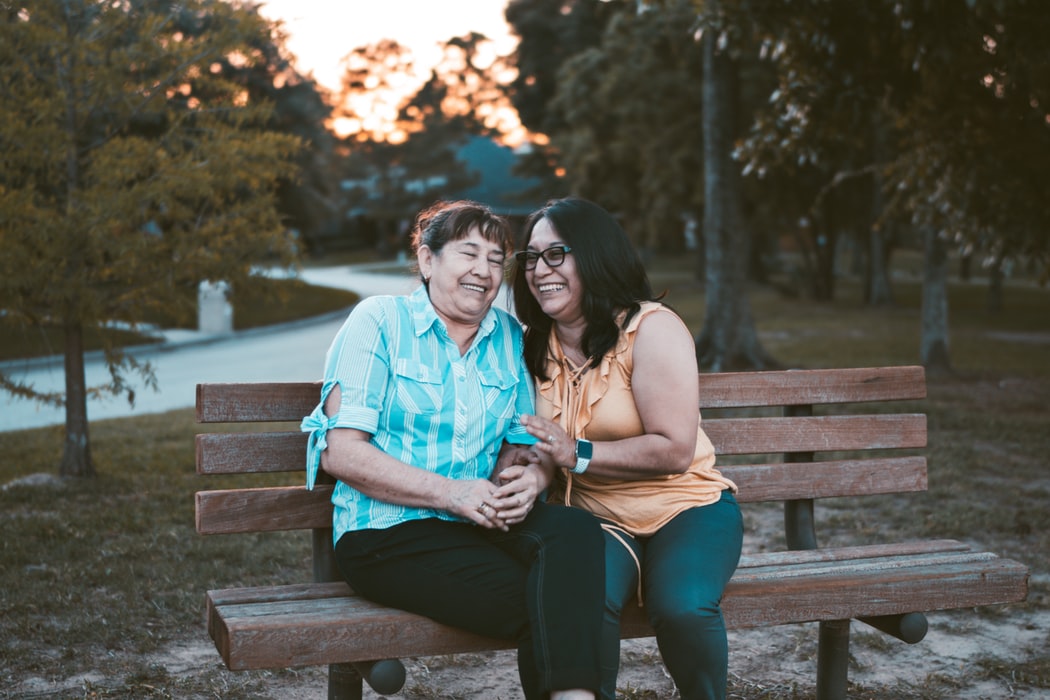
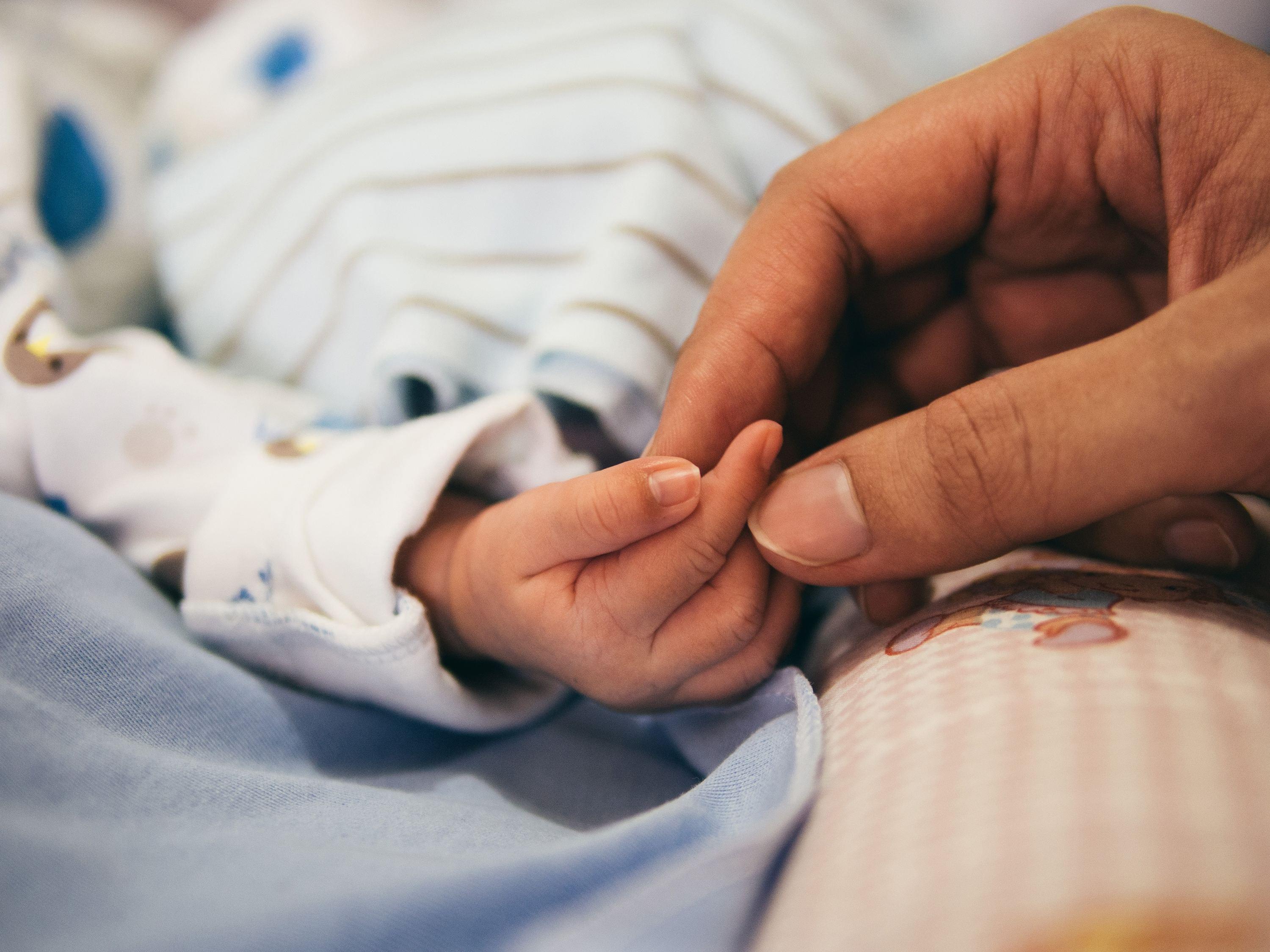
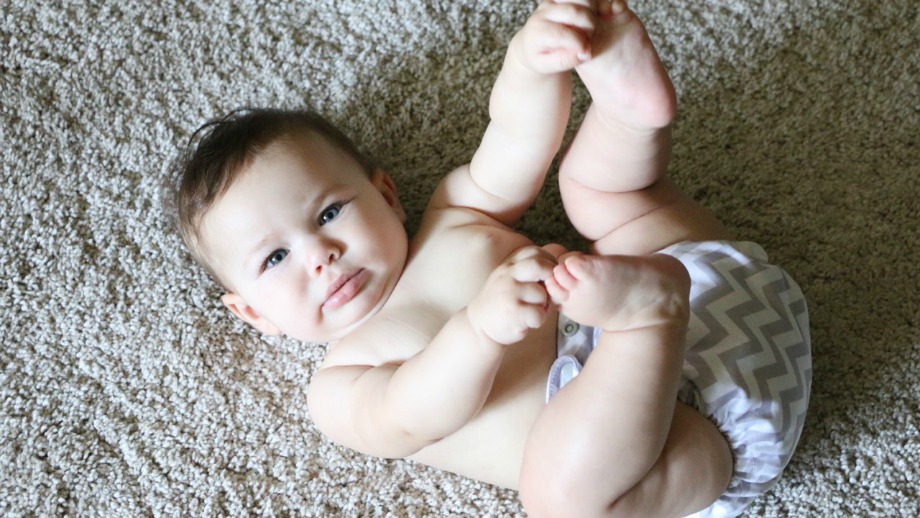

My swimming experience as a child was so stressful and I have anxiety to this day. My relationship to the water is not a trusting one. I appreciate this perspective so much and it’s really helped me feel confident in supporting my child to learn to swim. To take a gradual approach. Thank you!
I’m SO glad this helps Mary!
What certification/Association is your teacher from? I’ve seen some Extreme salvaje swim lessons that help children be safe. Other option I’ve seen is the child led – that takes years. I am super interested that my 1 year old begins classes, but approach I see your teacher doing.
Did you download the guide? All the details are there. This approach is called Infant Swim Resource! It’s been amazing!
I agree with everything you have said. Great video! When I was a swim instructor everyone I worked with was all about taking it slow and making it fun.
We’ve only just begun a few weeks ago, but so far it’s a fun experience, and a good bonding experience for our 4 month old boy and his dad.
We really relate to the go slow tip. The lesson is 30 minutes long, and it does take a lot of maneuvering to get there when he’s not sleeping, sleepy, or hungry. So we work around his needs, always getting there around 2 hours prior to the class, so he can nap, eat and be prepared for the class. And still it seems being in the water exhausts him, so we do a feeding break if necessary, and take him out when it seems to be too much for him. We want this to be fun for him, and that is how we go about it. The teacher seems to be on the same page so I guess we’re lucky 🙂
This is the best guide i have seen so far!
Keep sharing.
I started early for my kid too, otherwise I feared he would have struggled like I did.